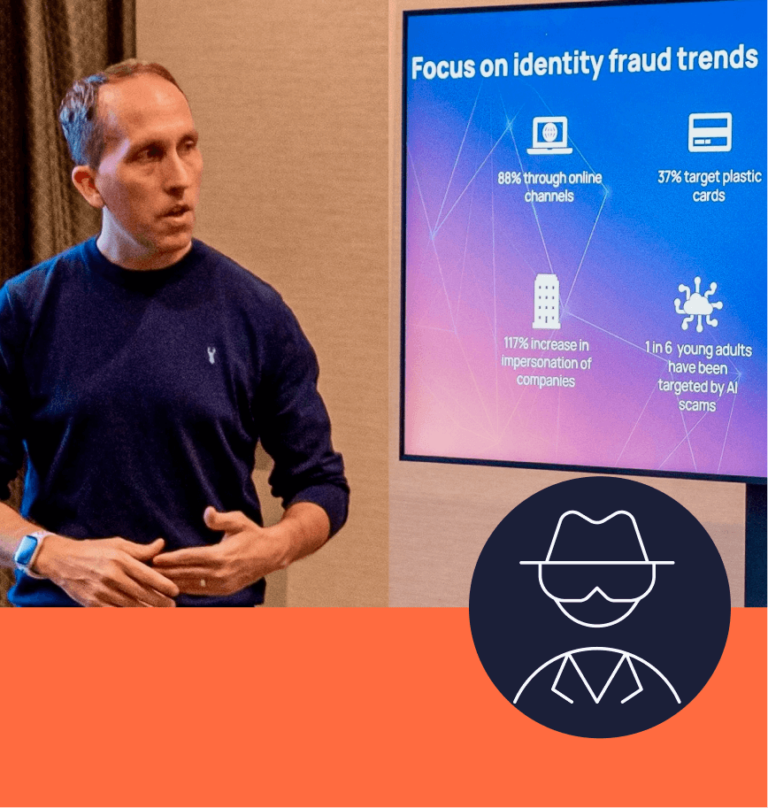Learn more about the dirty money trade (for educational purposes, of course), and the part you can play to prevent it.
Between US$800 million and $2 trillion is laundered every single year, according to the United Nations – Office on Drugs and Crime. At 2-5% of the global GDP, money laundering continues to pose a significant threat to businesses and economies, as well as consumers, who either intentionally or unintentionally become part of the trade in “dirty money.”
Often when describing money laundering, many may mention complex shareholding structures and offshore accounts led by international criminal groups. However, in reality, money laundering practices are far more pervasive, and may be happening much closer to home than you think. Money laundering takes advantage of any vulnerability (e.g., lack of or inadequate KYC measures) that companies and portals offer, especially in the gaming and financial services industry.
What is the definition of money laundering?
Money laundering can be defined as the process of hiding the source of illegally obtained funds, by moving it through a system of banking transfers or transactions. The final objective is to transfer the funds into a legitimate financial system. The source of funds could derive from arms sales, drug or human trafficking, bribery, or even insider trading.
What are the 3 stages of money laundering?
Although complex in nature, the process of money laundering can usually be broken up into three simple steps:
Placement.
In the first phase, the “dirty money” collected through illegitimate activities needs to be reinjected into the financial system. Whether cash, crypto/virtual currencies, or money orders, there are many ways a launderer can break large amounts into less conspicuous sums to fly under the radar. Gambling or currency exchanges are often used as tools to deposit money back into the financial system in a less suspicious way. By depositing money in this manner, money launderers avoid being above the thresholds set by Financial Intelligence Units (FIUs) or being the subject of a Suspicious Activity Report (SAR).
Layering.
In the layering phase, the launderer will try to place as much distance between the funds and their source. One common method of layering is to channel funds through the purchase and sales of financial instruments like real estate or wiring money to multiple accounts around the globe to evade being subject to a specific jurisdiction. Layering operations requires specific skill sets, from corporate law to bookkeeping. Money laundering professionals offer services to criminal organizations to facilitate their financial operations.
Cryptocurrencies, exchanges and peer-to-peer platforms are now commonly used for layering. Even though the crypto industry is becoming increasingly regulated (Markets in Crypto-Assets in Europe, Securities Law and State laws in the US), the regulations are still in their infancy, with many crypto exchanges still to implement KYC mechanisms that would help screen and monitor. To complexify monitoring, layering is sometimes carried out through shell companies, intermediaries or nominees in fiscal-friendly countries that protect the ultimate beneficiaries’ identity. It can also be done by moving funds between several banks and/or accounts. As fees are required to move money around or pay intermediaries, layering can be costly.
Integration.
Integration aims to legitimize the money cleaned in the layering phase. If the layering process has been conducted properly, the source of funds will be untraceable. The money can then be used to acquire real estate, luxury goods like art, or business ventures. It can also be used to pursue other criminal activities, such as terrorism financing.

Real life use cases.
There are as many methods to launder money as there are money launderers. Ranging from simple to complex, modus operandi may vary, and investigative units must be on their A-game to track them down.
One of the most common techniques to launder money is through a legitimate business that handles cash, such as bars or restaurants. In these types of business, it is easy to inflate the number of daily receipts to inject illicit cash into turnover.
Tracfin in France publishes annual reports on the latest trends in money laundering. In its 2021 report, the French intelligence service describes a form of money laundering called “president fraud” or “president scam”. In this type of fraud, a person takes the identity of the president (CEO) of a company and orders his accountant to execute three successive transfers to the bank account of a company registered in Eastern Europe and owned by the perpetrator of the scam. The existence of this account is not legitimate because the false company has no commercial activity in this country. These accounts are used as intermediaries to transfer the fraudulent funds to another account held by the fraudster, in order to remove the trace. The money obtained illegally in the first stage is then laundered.
The anonymity of online casinos makes them a fertile ground for money laundering, and a significant threat to the stability and integrity of the global gambling industry. But there are things that operators can do to protect their business and customers. Read more about the unhealthy relationship between money laundering and online casinos.
The hidden cost of money laundering.
While the financial cost associated with money laundering is ample cause for alarm, perhaps the most harmful consequence of money laundering is the reputational damage to a banking system. A banking system that is not perceived as legitimate or working within a high legal framework and complying with ethical standards is not trustworthy, and therefore unlikely to be used. On a macroeconomic scale, the Financial Action Task Force (FATF) explains how money laundering tends to create “inexplicable changes in money demand, prudential risks to bank soundness, contamination effects on legal financial transactions, and increased volatility of international capital flows and exchange rates due to unanticipated cross-border asset transfers.”
Entities that are either knowingly or unknowingly participating in money laundering schemes are complicit in an incredibly dangerous criminal network. If organizations are found to have such links, they are likely to draw unwanted attention from the authorities as well as administrative and financial sanctions. Worst case scenario? Failure to prevent money laundering can even involve jail time for the top management.
Money laundering has a direct impact on a country’s economic development. Left unchecked, it can be an invitation to criminal organizations to infiltrate financial institutions or take control of vast sectors of a national economy. It can also help finance other criminal activities or terrorist financing.
Preventing money laundering.
Multiple prevention mechanisms can be implemented to deter money laundering activities. The anti-money laundering (AML) ecosystem is composed of multiple actors that work intricately. Whether state-level regulations such as EU AML directives, FATF recommendations, FIU investigations or financial actors reporting, everyone has a role in AML.
To stay compliant and avoid being sanctioned by national authorities, organizations must implement rigorous AML frameworks, routinely review the effectiveness of their programs, and monitor their activities on a daily basis. Navigating such a complex environment involves multiple challenges, especially when it comes to KYC obligations and transaction monitoring.
Operationally speaking, there are certain red flags that can help identify money laundering, such as high-frequency transactions and high-speed turnover of deposits.
Stakes for governments, businesses and society are high. Tackling money laundering needs to be given the utmost attention and requires a high degree of coordination between different parties, and constant monitoring of the latest trends and techniques used in the placement, layering and integration stages of money laundering.
With IDnow’s proprietary fraud prevention technology, you can conduct identity verification checks to prevent fraudulent activity such as account takeover, identity theft, and money laundering.
Read our ‘Red flags unraveled: How to detect money laundering’ blog to discover six money laundering red flags to watch out for.
Money laundering FAQs.
What are the penalties for money laundering?
In most countries, money laundering is considered a serious criminal offence. While penalties may vary, it mostly involves imprisonment, financial and/or administrative fines, and confiscation of assets acquired through illegal funds.
How do law enforcement agencies investigate money laundering cases?
FIUs have developed their own methods to track money laundering, depending on the specific techniques used. The analyzing of financial records is a key element when it comes to money laundering. International cooperation between FIUs, as well as collaboration with financial actors, is also a strong means to support investigations.
What is the difference between money laundering and tax evasion?
Tax evasion aims to hide funds from fiscal authorities, in order to avoid paying taxes. Contrary to money laundering, it does not mean the funds were illegally acquired, and most often does not go through multiple transactions. However, they can be interconnected as criminals may use money laundering techniques to hide their taxable income.
What industries are most susceptible to money laundering?
The financial services industry is most susceptible to money laundering, given their ability to move large sums of money across borders. Other popular sectors are gaming and gambling, cryptocurrencies or real estate.
What are the most common methods used to launder money?
There are different methods commonly used to launder money, such as smurfing, structuring (splitting a large financial transaction into smaller ones) and moving funds through shell companies or cash-related businesses like restaurants, bars and night clubs.
By

Jody Houton
Content Manager at IDnow
Connect with Jody on LinkedIn



